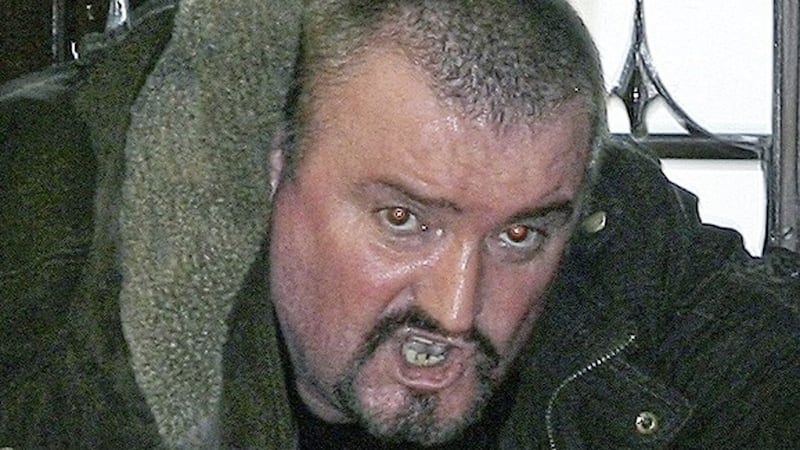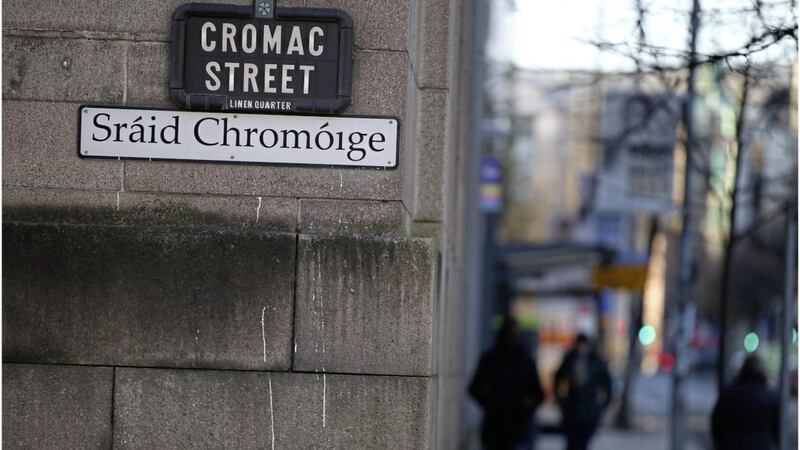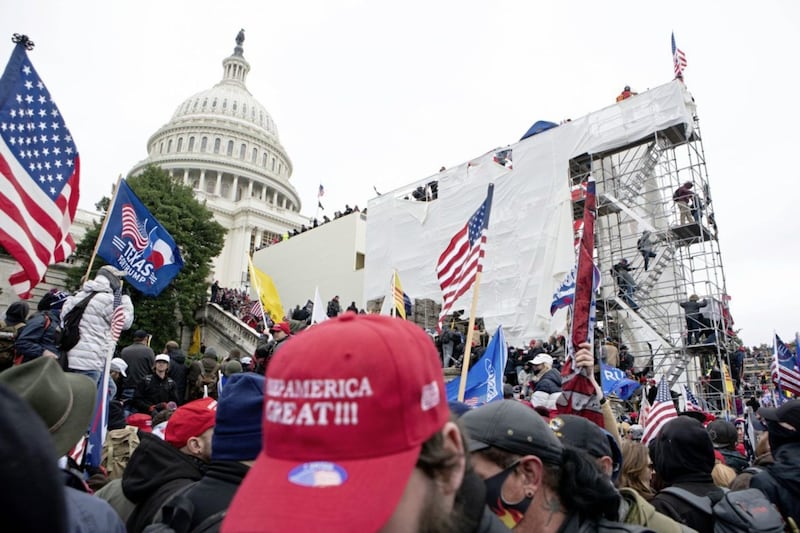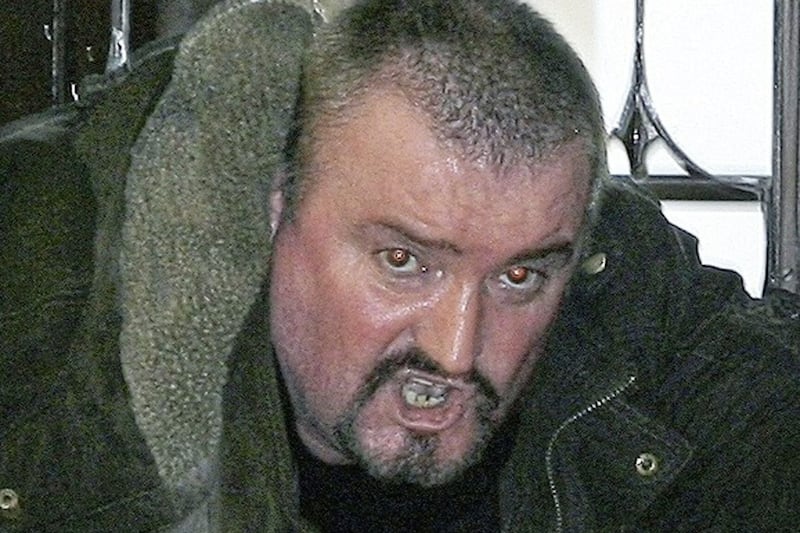THE SCENES of a rampaging mob marching on Capitol Hill are reminiscent of a number of angry protests at our own regional seat of government.
The US has been rocked by the violence that occurred as Congress met to certifying Joe Biden's win. The last time the Capitol building was breached was by Irishman Robert Ross from Rostrevor in Co Down, who led the 'Burning of Washington' in the War of 1812 between Britain and the US.
A monument commemorating the British army major general stands in his home village overlooking Carlingford Lough.
As pictures of Wednesday's deadly riot were beamed across the world, many viewers in the north recalled the occasions when Belfast's Parliament Buildings faced similar breaches.
Former business editor with The Irish Newss Jim Fitzpatrick, now a BBC Spotlight reporter, said the events in Washington DC reminded him of loyalist killer Michael Stone's attempt to force the suspension of the inaugural meeting of the Stormont assembly in 2006.
The UFF prisoner, out on licence after the signing of the Good Friday Agreement, stormed into the entrance hall of Parliament Buildings armed with a knife, a handgun and what police said was a "viable" bomb.
Security staff wrestled Stone to the ground and politicians were evacuated into the rain, as the British army's bomb squad defused the bomb.
When facing charges of attempting to murder Gerry Adams, Martin McGuinness and two security guards, the Milltown Cemetery killer claimed the planned incursion was "performance art".
"I was in the BBC’s basement studio at Stormont’s Parliament Buildings broadcasting with Mark Devenport when this happened," Mr Fitzpatrick recalled on Twitter.
"With Mark’s trademark sang froid we filled the allotted time and left safely as the remarkable security staff upstairs had the situation well under control. The attack failed to halt the restoration of government."
While the authorities were always wary of an attack on Stormont by republicans, it has generally been loyalists and unionists that have led all the protests on the hill.
In 1969 as the then Northern Ireland Parliament debated the Cameron Report, thousands of loyalists joined Ian Paisley in a protest outside.
The crowd chanted for former hard-line home affairs minister William Craig who appeared briefly on the balcony to wave.
Footage from the time shows the crowd singing ‘The Sash' as they yield union jack flags, while one protester holds a defamatory placard about Bernadette Devlin.
Unfortunately, no footage exists of the bloody scenes that occurred inside the chamber in February 1974 when unionists politicians clashed on the floor of the newly-established assembly. The factions headed by pro-power sharing Brian Faulkner and the aforementioned Craig resulted in a number of black eyes and bloody noses.
Some 12 years later in 1986 saw DUP politicians occupy Parliament Buildings in protest at the suspension of the assembly. They were forcibly removed, with eight officers carrying the late Ian Paisley from the building.
In 1998, as nationalists and unionists prepared to sign the Good Friday Agreement, the then DUP leader led a flag-waving crowd up the hill to Stormont to protest at what he and supporters deemed a "sell-out". The parties linked to loyalist paramilitaries were backing the deal and chided their former ally, chanting "cheerio, cheerio" as he and supporters left.
However, Irish News columnist and historian Brian Feeney said that while he could appreciate comparisons with various protests and violent incidents at Stormont, the events on Capitol Hill were "different in nature".
"A direct parallel with what went on in Washington would be Irish republicans making an attempted incursion at Parliament Buildings, and while that was always a fear for Stormont authorities – hence the heavy security – it never happened," he said.
"The common thread through all the incidents of protest on the hill is unionism – whether it was Michael Stone, mass loyalist rallies headed by Paisley, or the fighting on the assembly floor, more often than not it was unionists of one hue or the other attacking other unionists."








